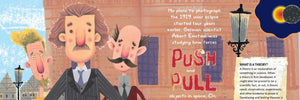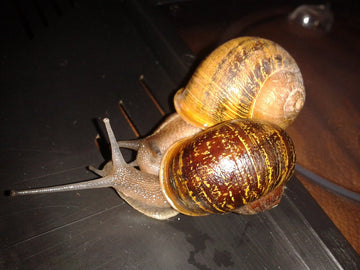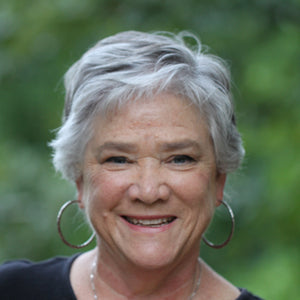Observing Phenomenon? Use Backup Methods!
Eclipse: How the 1919 Solar Eclipse Proved Einstein's Theory of General Relativity
Moments in Science, Book 4
Observing Phenomenon in the Sky
Look up! The stars, sun and moon are fascinating to watch—and to study. Accoding to the NextGen Science Standards, kids start observing the skies in first grade “to describe patterns that can be predicted.” Sunrise, sunset, the movement of stars during a night and over seasons—the solar system is in constant movement.
One fascinating phenomenon is the eclipse. While the math of eclipses is beyond elementary students, they can certainly understand the positioning of the sun and moon during a solar eclipse. The moon physically moves between the sun and Earth, which blocks off the sun’s light.
My book, ECLIPSE, includes a deeper, fascinating story, but it can be read with younger kids on just that basic level of understanding the movement of objects in space and predicting what will happen.
The deeper story is how the 1919 solar eclipse helped prove Einstein’s theory of general relativity. Um, yeah. Einstein for kids? Yes! This story won’t explain everything but it’s an introduction to foundational work in physics. And, it’s a fun science story with some great takeaways for science.
BIG IDEA: Plan Backups for Experiments
The study of phenomenon often goes awry. Something goes wrong.
In 1919, British astronomer Sir Arthur Stanley Eddington set sail for the Principe Island, just off the west coast of Africa. It was the perfect location to photograph that years’ eclipse. Before leaving, the astronomers photographed a certain star system, the Hyades star cluster. The idea was to photograph the same stars during an eclipse.
The scientific theory of the time said that light traveled in a straight line. But Einstein said that large objects, such as the sun, could pull the light. That is the sun’s gravity would bend the light. Slightly. The effect would be small, but definite.
Eddington’s team would photograph the eclipse from the Atlantic Ocean. But a backup crew went to Brazil, under the leadership of Charles Davidson.
So, what went wrong? Lots!
First, the weather didn’t cooperate. To photograph the eclipse, Eddington needed clear skies. A storm raged across the island that morning and as time neared for the eclipse, it started to clear. But the eclipse would only last 302 seconds. The skies cleared enough to take some photos, but would the images be clear enough or would clouds obscure the stars?
In Brazil, things didn’t fair much better. They had brought a large telescope, but the heat and humidity affected the metal and glass and resulted in warped images. However, they had a smaller four-inch telescope that was more stable, and they used it during the eclipse.
When the teams reunited in England, they looked through all the photos. The best ones were from the small four-inch telescope. The backup team’s backup telescope saved the day.
When compared with the pre-eclipse star photos, the stars’ positions shifted slightly. The sun’s gravity had bent the starlight. Einstein’s theories of general relativity were proven.
When you work with kids on science observation, something will go wrong! When it does, read them this story and talk about the importance of using backup methods of observation!
Buy the Hardcover for $19.99. Or Learn More.





